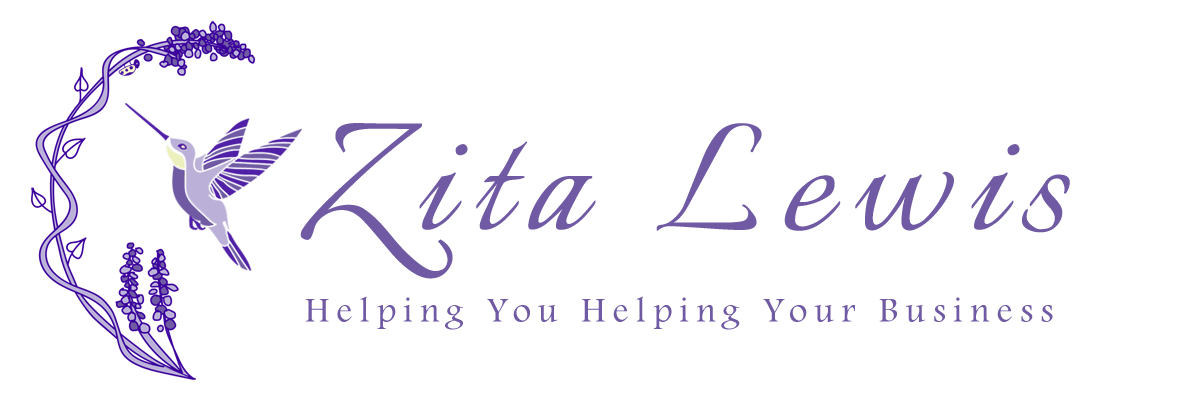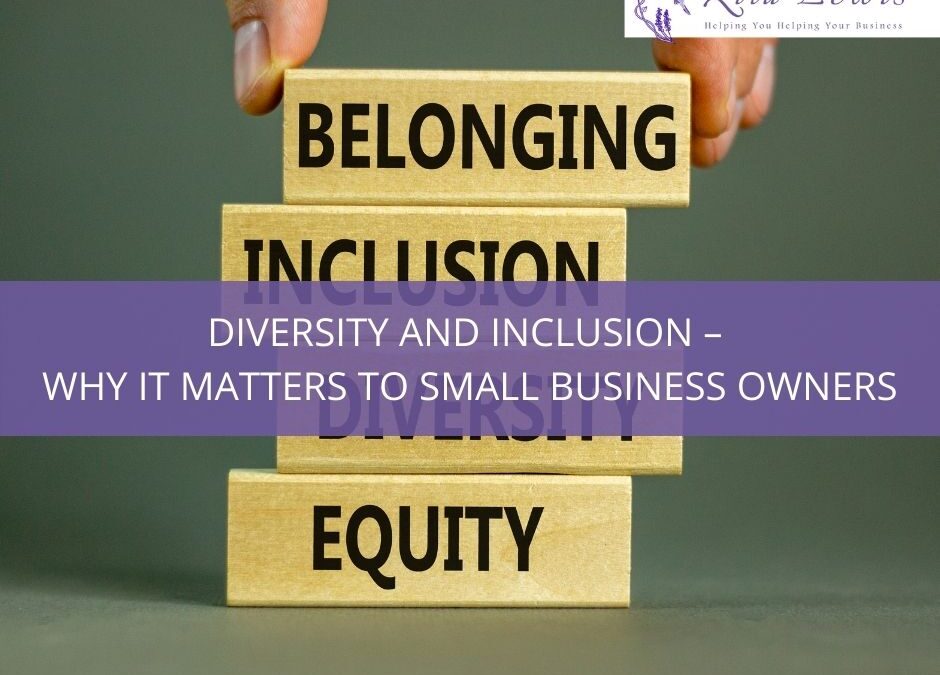Your clients are the focus of your business, it’s why you do what you do after all. But when was the last time you considered inclusivity and diversity within your customers and within your business? There has been a rapid and positive change toward being more inclusive and accessible across society, so I want to talk about how to ensure you’re carrying this across into your business practices and marketing.
Know your target audience well
A commonly heard issue from the disabled community is that a business isn’t accessible for them. This might be because there’s no wheelchair ramp/level access, there’s not enough space to move within the business easily, it’s too light/dark/noisy, etc.
When a business owner is asked why they’re not accessible, a common response is “we don’t get disabled customers so there’s no need to” but here’s the thing…you’re not going to get any disabled customers to visit you if they’re unable to. The “purple pound” – the disposable income of disabled people is worth £274 billion a year and around 1 in 5 working adults have a disability, that’s a lot of people with spending power that are often being ignored.
Whatever your target audience, there will be disabled people and other minority groups within it, so it’s vital that you do as much as you can to make your business accessible and welcoming for them. This is a fantastic blog that guides you through the actions you can take to make your business more accessible to the disabled community.
Language matters, so use it carefully
You’ll have noticed that I’ve used identity-first language in this blog, “disabled person” rather than “person with a disability”. That’s because the majority of disabled people prefer identity-first language because being disabled is part of their identity, much like the colour of their skin, their gender, their sexuality, etc.
Traditionally, person-first language has been recommended because it’s ‘important to put the person first, not their disability’ and this has led to terms such as “differently-abled” which attempt to describe a disabled person as anything but disabled, taking away a large part of their identity which can cause further difficulties. It’s a complicated subject and I don’t pretend to be an expert but this blog gives a good first-hand account of why language matters.
Clearly, it’s not just the disabled community where we need to consider our language carefully. Every minority group covered by The Equality Act (2010) will have their own cultural preferences, whether that’s LGBTQ+, ethnicity, religion, etc.
The use of pronouns is something that’s increasingly coming to the fore as transgender and non-binary awareness is increasing. It’s wrong to assume anyone’s identity by looking at them but due to strong societal stereotypes, we have a fixed image of what a man and a woman should look like and will label people we meet accordingly. It’s something we all do but being aware of it and challenging your own preconceptions is important.
While making assumptions is wrong, it’s not appropriate to ask about an individual’s protected characteristics and can even be illegal to do so unless it’s vital for the service you’re providing, i.e. you’re a medical professional delivering a specific gendered treatment. There have been some horrific stories of trans and non-binary people on their first day at university sat in a circle where the lecturer has asked everyone to share their preferred pronouns. This might seem a good way to ensure you’re treating everyone fairly and equally but instead, it forces people to “out themselves” when they may not want to and could even endanger themselves by doing so.
Rather than putting the onus on your customers to tell you about their identity and particular needs and preferences, make your business a safe space for them to volunteer this information instead. Adding your own preferred pronouns to your email signature can help your customers feel safe to tell you theirs, for example. Rather than using “he” or “she” in your marketing, consider using “they” to include everyone.
Avoid making inclusivity a one-time event
We’ve all seen the awareness weeks where businesses will suddenly make things accessible and inclusive for that group during that specific period of time, but what happens after that?
Autism awareness is a good example of this. April is Autism Awareness month where you’ll see big retailers create autism shopping hours with dimmer lights, no music or tannoy announcements, etc to make things easier for autistic people who struggle with sensory overload.
However, these are often seen as tokenism. These hours are usually set at the retailers quietest shopping times, often 9 till 10am. Yet many autistic people work and cannot attend these hours, if not working they’d need to travel during rush hour to get to these retailers (and in most areas of the country, the disabled concessionary bus pass can’t be used before 9.30am) and for parents, it’s a tight squeeze to get there after dropping children off at school. The lack of autistic people taking advantage of these shopping hours is then cited as a reason to discontinue them.
Rather than making these things time-specific, shouldn’t these reasonable adjustments be available all of the time? Dim lights and low noise aren’t going to make much difference to most people but for the neurodiverse community, it can make a world of difference.
Consider the adjustments you can make to your business for your clients. Maybe put a sign up saying music and lighting can be lowered on request? Ensure there is provision for a carer to be present if necessary and that this is made known across your marketing. The Credability scheme highlights accessible businesses and is worth signing up to to show you are committed to inclusivity.
Making your business inclusive and accessible isn’t easy but is worth the time and resources to get it right. By being inclusive you’re expanding your customer base by ensuring no one is excluded and this can help you grow as a business.

